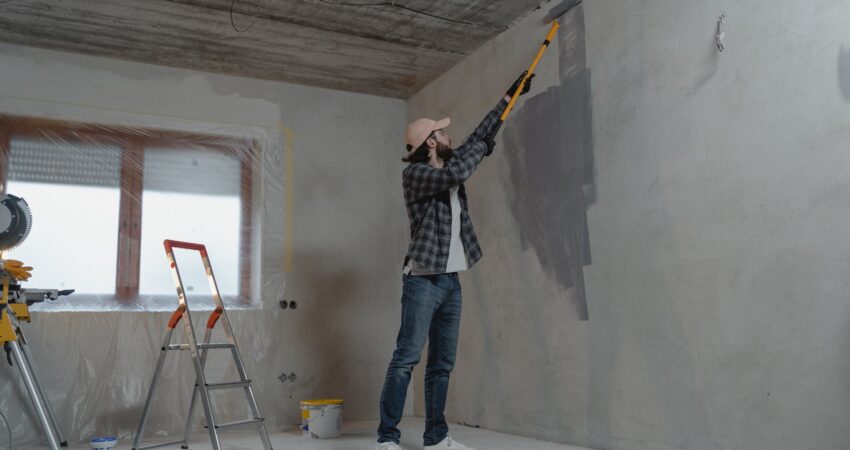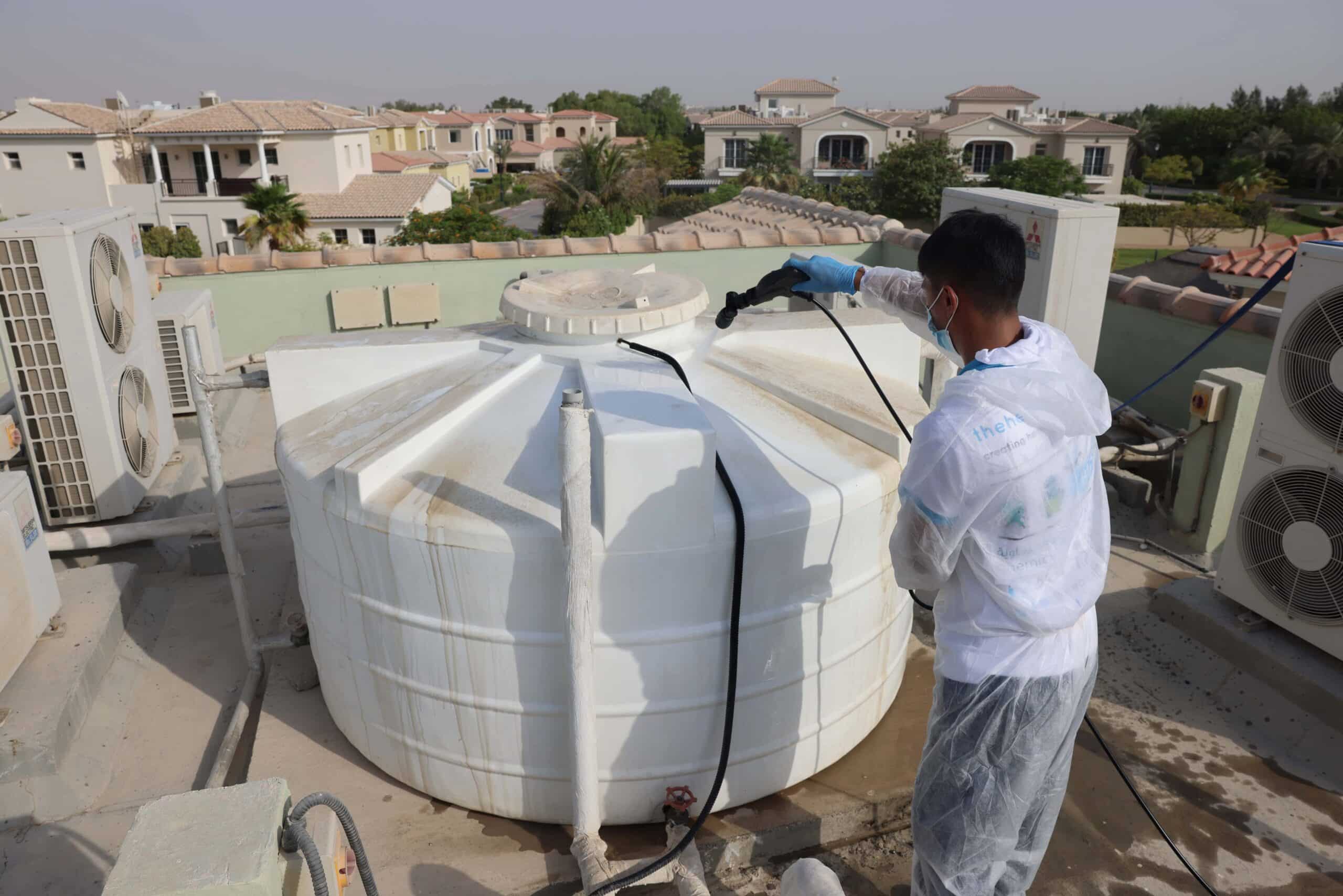Top 6 Painting Do’s and Don’ts: Common Mistakes to Avoid for a Professional Finish
Painting is an exciting way to transform your living spaces and give them a fresh new look. Whether you’re painting a room or an entire house, it’s important to avoid common mistakes to achieve a professional finish.However, achieving a professional finish requires more than just a brush and a can of paint. To help you avoid common pitfalls and ensure a flawless outcome, we’ve compiled a list of essential dos and don’ts for your next painting project. From preparation to technique, let’s delve into the world of painting dos and don’ts and discover the secrets to achieving that polished, professional finish.
Top 6 Painting Do’s:-
1. Do prepare the surface properly
Preparing the surface properly is the first step to getting a professional finish. This involves carefully washing the surface, sanding it if necessary, and adding a coat of primer before painting. For the paint to stick properly and appear fantastic, the surface must be clean and smooth.
2. Do use a paintbrush for edges
When painting, it’s important to use a paintbrush to paint edges and corners where a roller can’t reach. This makes sure that the edges look neat and tidy and that the paint doesn’t leak onto other surfaces.
3. Do use high-quality paint and tools
It’s extremely important to invest in high-quality paint and tools in order to achieve a smooth and even finish. Cheap paint and tools can result in an unven and poor finish that might not look good and worn out in a short period of time. Good quality tools and paints will save you time and money in the long run as well as provide desirable outcome for your paint jobs.
4. Do paint in the right conditions
Painting in the right conditions is crucial to achieving a professional finish. Paint in a well-ventilated area with moderate temperature and humidity to ensure the paint dries properly. Painting in extreme heat or cold can cause the paint to dry too quickly or not at all.
5. Do apply multiple coats
If you apply two or three thin coats instead of one thick coat, it ensures more smooth and even finish. One thick coat of paint results in more dripping and an uneven finish. Multiple coats ensures that the paint lasts longer.
6. Do Take Your Time
Painting is all about patience and attention to detail. Don’t rush the job too much, just take your time with ease. Rushing the time can result in sloppy finish and you may have to redo the whole work.
Top 6 Painting Dont’s
1. Don’t skip the prep work
Skipping the prep work can lead to a poor finish and paint that doesn’t stick. Make sure to clean and prepare the surface properly before painting.
2. Don’t mix up the paints
Mixing different types of paint can lead to disastrous results. Water-based and oil-based paints have different properties and drying times. Stick to one type of paint for your project to ensure compatibility and a smooth, professional finish.
3. Don’t paint in extreme conditions
Don’t ever paint in extreme conditions such as extreme heat or cold, strong winds, humidity, because it can negatively impact the quality and life span of your paint job. Always choose optimal painting conditions to ensure proper drying, adhesion, and overall finish. Choose moderate weather conditons for the best outcomes.
4. Don’t forget protect the surfaces
Don’t forget to protect the surface during a painting project. Use painter’s tape to mask off the edges, furnitures, cover floors, furniture, and fixtures with drop cloths or plastic sheets. This simple step helps to prevent any accidental paint spillage, ensuring a clean and professional-looking finish while minimizing the cleanup efforts for later.
5. Don’t overload the brush or roller
Always avoid overloading your brush or roller with excessive amount of paint. Overloading the brushes/rollers can result in unwanted rips, uneven coverage, and a messy finish. Instead, load an optimal amount of paint, allowing for smooth application and ensuring a more consistent and professional result.
6. Don’t Forget the Finishing Touches
At the end, it all comes to the finishing touches to achieve a professional look so it’s extremely important you don’t forget to apply proper finishing touches. Do remove the painter’s tape carefully while the paint is still slightly wet to avoid any peeling. Thoroughly inspect the surfaces for any touch-ups or missed spots before declaring your project complete.
While painting can be a rewarding DIY project, it’s important to recognize when it’s best to hire professionals. Avoiding common mistakes like mixing paint types, painting in extreme conditions, overloading brushes or rollers, and neglecting surface protection can save you time, effort, and potential headaches. If you’re unavailable, prefer to minimize risk, or desire a flawless finish, consider hiring professional painters. Their expertise, tools, and attention to detail ensure a beautifully painted space that exceeds your expectations.




